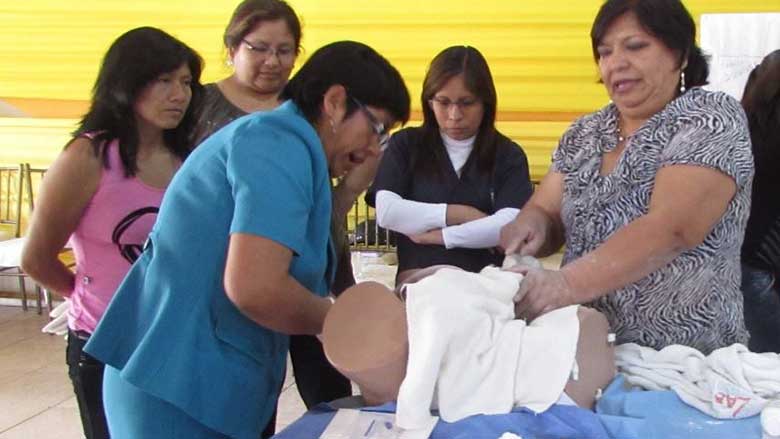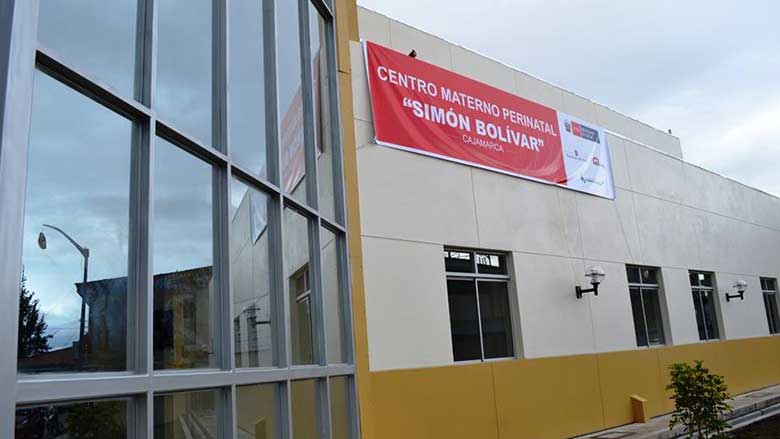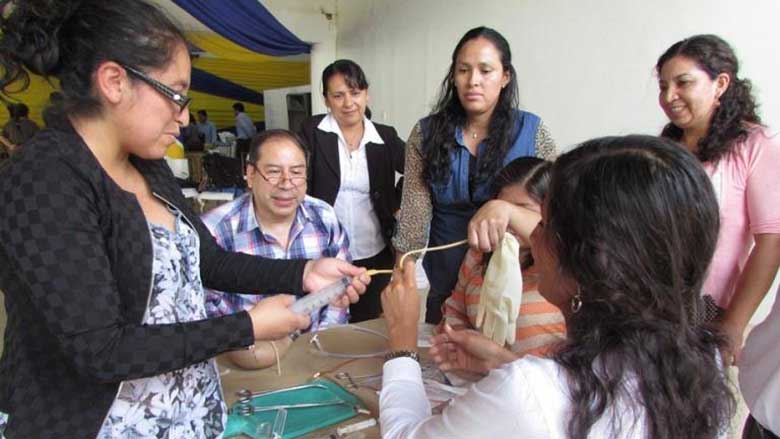Challenge
Peru had advanced on some health-related Millennium Development Goals outcome indicators, but improvements were not uniform and revealed persistent inequalities across socioeconomic groups and regions and between rural and urban settings. In 2006, the infant mortality rate varied from 5 per 1,000 live births in the richest quintile to 45 per 1,000 live births in the poorest. Furthermore, perinatal mortality, linked to maternal malnutrition and anemia, affected more than a quarter of pregnant women. The maternal mortality ratio (164 deaths per 100,000 live births) was double the Latin American average, and pregnant women in rural areas were less than half as likely to have an institutional delivery than were their urban counterparts (44 percent and 92 percent, respectively). Statistics for children were no more positive: one-quarter of children under the age of five suffered from chronic malnutrition, and 69 percent of children under the age of two were diagnosed with anemia. Stunting occurred in 40 percent of children in Huancavelica, Huánuco, and Ayacucho. Financial obstacles still represented one of the most significant barriers to equal access (34 percent for individuals in the poorest quintile as compared to 6 percent in the richest).
Approach
The Second Phase of the Health Reform Program was part of a two-phase adaptable program loan (APL) to support the government of Peru’s Health Reform Program (Programa de Apoyo a la Reforma del Sector Salud, PARSALUD). In both its phases, the overall PARSALUD program aimed at improving maternal and child health outcomes. The APL series was built on an ongoing dialogue with the government and on prior analytical work and lending operations in the health sector. PARSALUD built on the lessons learned from Phase 1: Although the project focused primarily on infrastructure investments to strengthen service delivery networks, it also incorporated culturally sensitive demand-side interventions and included a component for capacity-building at the regional and local level to ensure sustainability of the improvements achieved.



